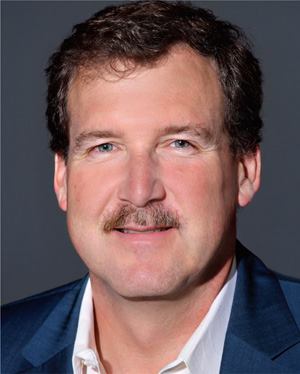“Energy codes are like illumination levels—they’re a principle, but that’s not where you should start design. The first thing you should do is to visualize how you want the space to look and to feel, work on the design, then pick the sources and count the watts. Too often people start by asking, ‘How many watts is this fixture?’ They’re not doing the design portion of the process.”
An advocate of all things lighting—design, education, sustainable practices, and more—Chip Israel has established one of the most well-respected lighting firms by focusing on what’s important: the work. That in turn has won the respect of his peers and clients, and has allowed Israel to build an international portfolio where lighting is the common language.
How do you start the design process?
Many times we just want to jump in and solve the problem, but I think it’s important to hold off. It’s a matter of slowing down and really listening to the client and the architect for what they want for their project.
Do you have advice for young designers?
The best thing you can do is go out there and be observant. Go to a restaurant, for example. What do you like? What don’t you like? Try to figure out how are they doing it [the lighting]. What do you remember about the space? Being observant can help one develop professionally more quickly.
Any trends you are seeing in lighting?
I’m not going to say LEDs, because I think everybody knows it, but things like the Model Lighting Ordinance are having a huge influence. There are going to be a lot of future changes in regards to exterior lighting coming up either by energy code or by requirement. Then there’s the whole sustainable issue. To me, sustainability is just good design.
What will it take to break the perceived cost-barrier associated with sustainable design?
Smart-grid systems. Right now, we are charged for energy based on how much we use over a certain amount of time. There’s a huge benefit to the utilities to meter how much power you’re using at what time of day. Certain hours are always peak demand. Utilities will start charging more at peak times, and rates will skyrocket once this is set up. That’s where understanding lighting and things like controls will really matter in figuring out how to effectively use light throughout the course of a day.
You work around the world. Does that require a different approach to light?
One thing I have noticed is a different value placed on design. In the U.S., design is a commodity. We use it because we have to in order to get our projects built. Internationally, there’s much more respect for the designer, whatever type of design they are doing. In the U.S., we often take creativity for granted, whereas elsewhere it’s not necessarily expected, and when it is seen, it is rewarded and a client really wants to implement it.
